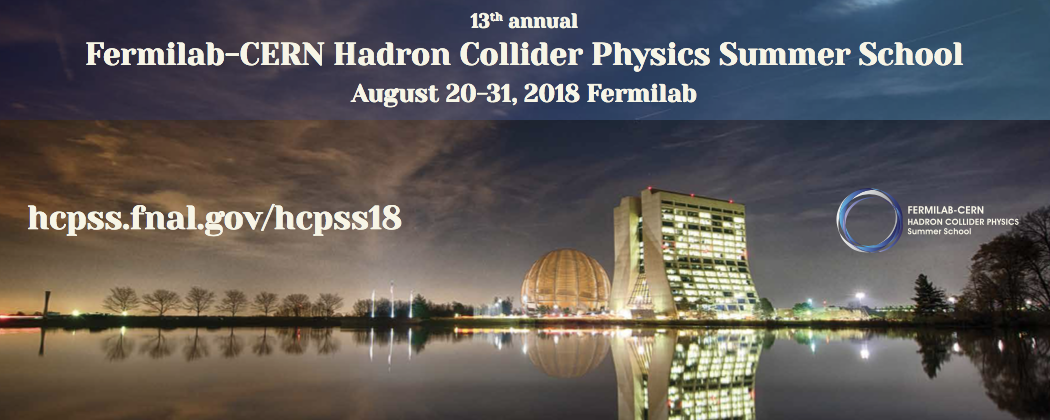NOTE: Closed-toe shoes are required for tours; no sandals are allowed!
Tour maps:
https://indico.fnal.gov/event/17113/material/6/0.pdf
Tour schedule:
https://indico.fnal.gov/event/17113/material/5/0.pdf
School participants will tour Fermilab experimental sites in the afternoon of Wednesday, August 22. Participants will be split into five groups of about 20 participants each. Each group will visit three tour sites out of the six sites described below. The sites for each of the five groups are
Group 1 : MINOS, g-2, Linac+MCR
Group 2 : FTBF, MINOS, g-2
Group 3 : g-2, DZero, SiDet
Group 4 : DZero, SiDet, MINOS
Group 5 : SiDet, FTBF, DZero
DZero and Tevatron tunnel (DZero)
DZero is one of two detectors at Fermilab where the proton/anti-proton collisions took place in the Tevatron. The DZero detector (along with the CDF detector) was used for the discovery of the top quark in 1995. The tour will also include a visit to the Tevatron tunnel. The Tevatron was the world's highest energy collider until the startup of the Large Hadron Collider at CERN. Coordinated by Stefan Gruenendahl.
NuMI Underground (MINOS)
Travel 300 feet underground into the NuMI tunnel and check out the MINERvA and MINOS near detectors. Learn about neutrino beams and long-baseline experiments. Coordinated by Dee Hahn.
Muon g-2
Using a 50-foot-diameter superconducting muon storage ring, scientists will accelerate an intense beam of muons to measure the anomalous magnetic moment of the muon with unprecedented precision of 140 parts per billion. Coordinated by Dee Hahn.
Fermilab Test Beam Facility (FTBF)
The Fermilab Test Beam Program provides flexible, equal, open access to test beams for research and development of detector technologies. The facility uses two versatile beamlines to provide beam in a multitude of particle types and a range of energies, with which users can test equipment and characterize new detectors. Coordinated by Mandy Rominsky.
Silicon Detector Facility (SiDet)
The Silicon Detector Facility (SiDet) has a long history at the forefront of detector R&D and grew from investments to build silicon detectors for the Tevatron collider experiments. Silicon trackers for CDF, DZero and CMS experiments, pixel detector for the CMS Phase I upgrade, the 500-megapixel Dark Energy Camera, and the South Pole Telescope SPT-3G are among the recent examples of detectors that were built at SiDet. Today SiDet facility contains cleanrooms and laboratories for assembly and testing of detectors for both high energy physics and astrophysics experiments: CMS Phase 2 Outer Tracker, High Granularity Calorimeter and MIP timing detectors, DESI and SENSEI. Coordinated by Artur Apresyan and Maral Alyari.
Linear Accelerator and Main Control Room (Linac + MCR)
This tour describes how hydrogen atoms from a tank are eventually accelerated to 99.999% of the speed of light, and eventually sent to the experiments for use. Highlights include the intial Cockroft-Walton accelerator, the linac accelerator, and the Main Control Room where operators control and monitor the beams. Coordinated by Duane Newhart.
